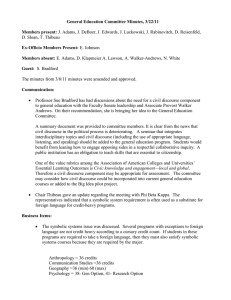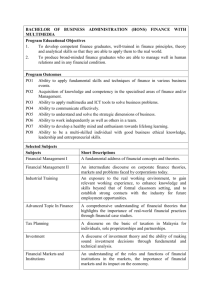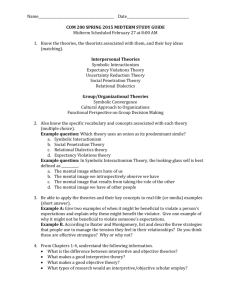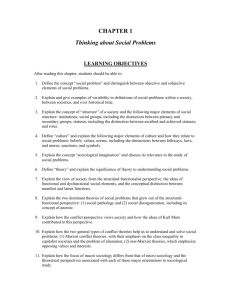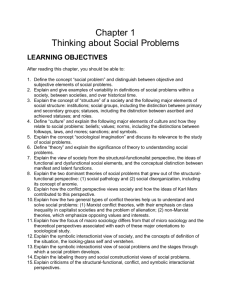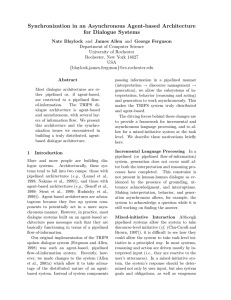Unit 1: Theories about Communication
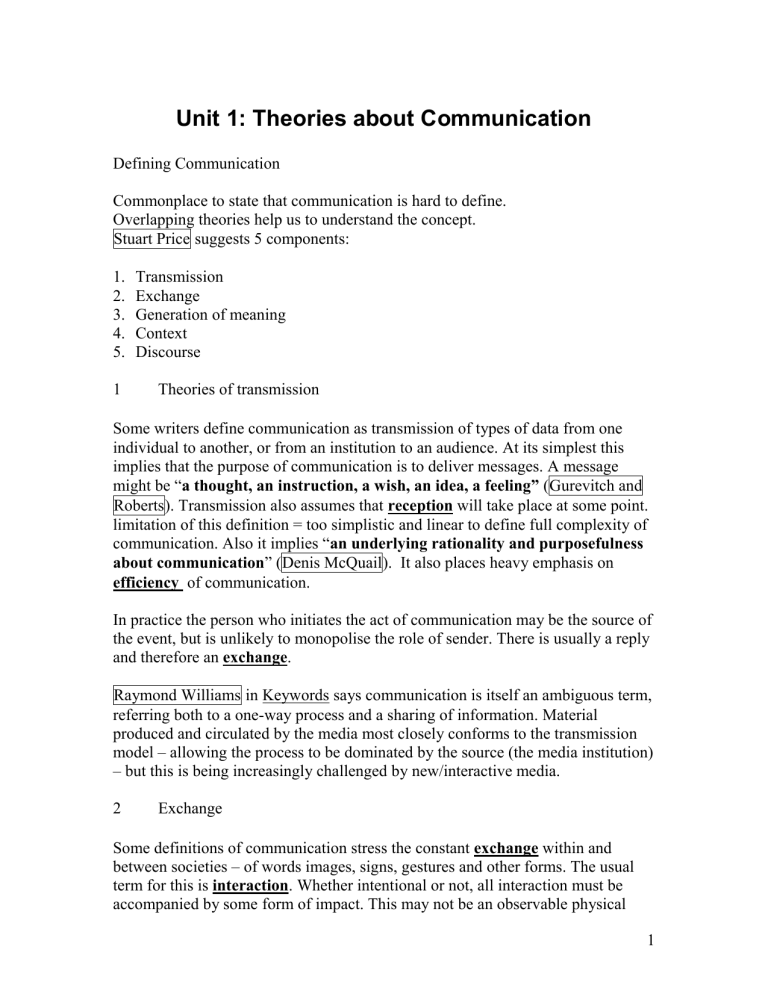
Unit 1: Theories about Communication
Defining Communication
Commonplace to state that communication is hard to define.
Overlapping theories help us to understand the concept.
Stuart Price suggests 5 components:
1.
Transmission
2.
Exchange
3.
Generation of meaning
4.
Context
5.
Discourse
1 Theories of transmission
Some writers define communication as transmission of types of data from one individual to another, or from an institution to an audience. At its simplest this implies that the purpose of communication is to deliver messages. A message might be “ a thought, an instruction, a wish, an idea, a feeling” (Gurevitch and
Roberts). Transmission also assumes that reception will take place at some point. limitation of this definition = too simplistic and linear to define full complexity of communication. Also it implies “ an underlying rationality and purposefulness about communication ” (Denis McQuail). It also places heavy emphasis on efficiency of communication.
In practice the person who initiates the act of communication may be the source of the event, but is unlikely to monopolise the role of sender. There is usually a reply and therefore an exchange .
Raymond Williams in Keywords says communication is itself an ambiguous term, referring both to a one-way process and a sharing of information. Material produced and circulated by the media most closely conforms to the transmission model – allowing the process to be dominated by the source (the media institution)
– but this is being increasingly challenged by new/interactive media.
2 Exchange
Some definitions of communication stress the constant exchange within and between societies – of words images, signs, gestures and other forms. The usual term for this is interaction . Whether intentional or not, all interaction must be accompanied by some form of impact. This may not be an observable physical
1
outcome, but may be a change of state. The expression of a request to remain seated may lead to a (spoken) refusal or (unspoken) acceptance. Both constitute an exchange and show that the request was meaningful.
3 The generation of meaning
But focusing like this on the mechanics of interaction can make us lose focus on the purpose of communication. More elaborate theories of communication will allow us to recognise symbolic forms . These include spoken and written language which are recognised within a specific culture (some people say music transcends cultural boundaries, though it is still considered a symbolic form). Some symbolic forms are described as formal ; others, such as signs, gestures and noises, are described as informal modes of communication.
4 Communication as contextual meaning
It has become popular to say that meaning emerges within a specific context. The exact meaning of the request “please remain in your seats” will depend upon a number of ‘influences’:
Intention of the communicator
Relationship between participants
Location / setting
These are the primary contextual factors in any interaction. There are also elements which supplement spoken language, such as body language , gesture and intonation .
Context does not always mean physical location. It is “ the environment or framework within which communication takes place. It includes the time and place, as well as the social relationship of the people involved” (David
Gill/Bridget Adams, ABC of Communication Studies ). It might include these classifications of social context:
Formal – informal
Work – social
Friendly – unfriendly
Equal status – unequal status
Other factors:
Physical setting (party v church); changing context will modify people’s behaviour (eg verifiable influence of interior design on mood)
Time (eg middle of night v daytime)
2
5 Communication as discourse
Emerging idea from linguistics – the idea that “ communication is the utterance of meaningful discourse’ . Utterance = any coherent expression of ideas.
Discourse is sometimes used to indicate the expression of a particular ideological view. Many forms of public discourse – from speeches to art – arise from a systematic view and can never therefore be ‘pure’. Stuart Price: “ it is probably more useful to imagine the existence of overlapping discourses, which specific ideologies try to use for their own purposes ”.
Every time a message is constructed it will always be from within the scope of a recognised form – eg every language has a range of meaning with constraints on what may be expressed. This might include ways of speaking that are currently fashionable and appropriate. This is described as using a repertoire of communicative devices drawn from the general range of language. This is known as the discursive context of an event (the general capabilities of the language or symbolic forms and the type of expression thought appropriate in practice).
Summary:
So far communication may be defined as “ an activity in which symbolic content is not merely transmitted from one source to another, but exchanged between human agents who interact within a shared situational and/or discursive context .” (Stuart Price).
The definition highlights:
The complexity of the subject
The variety of perspectives on communication
The range of approaches to the subject
GB
April 16, 2020
3
